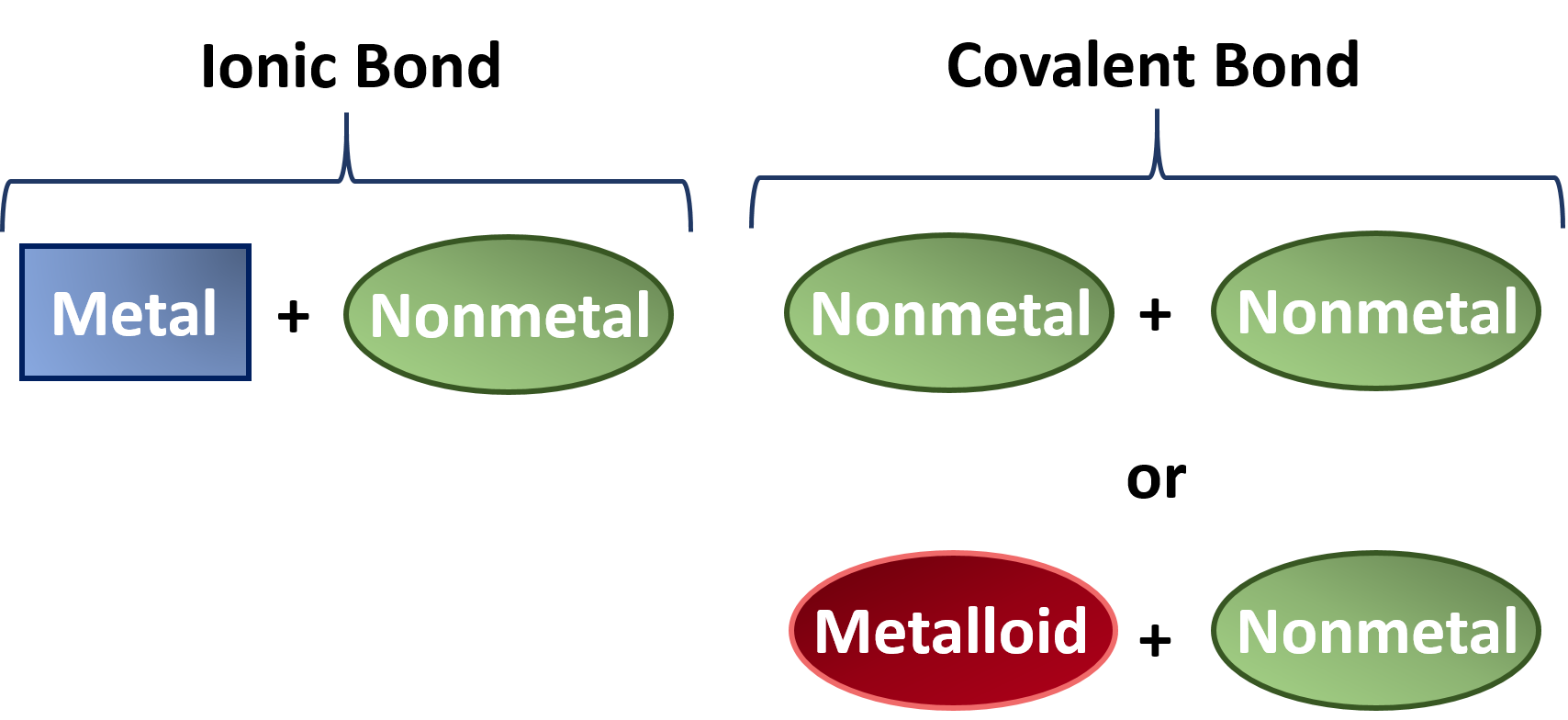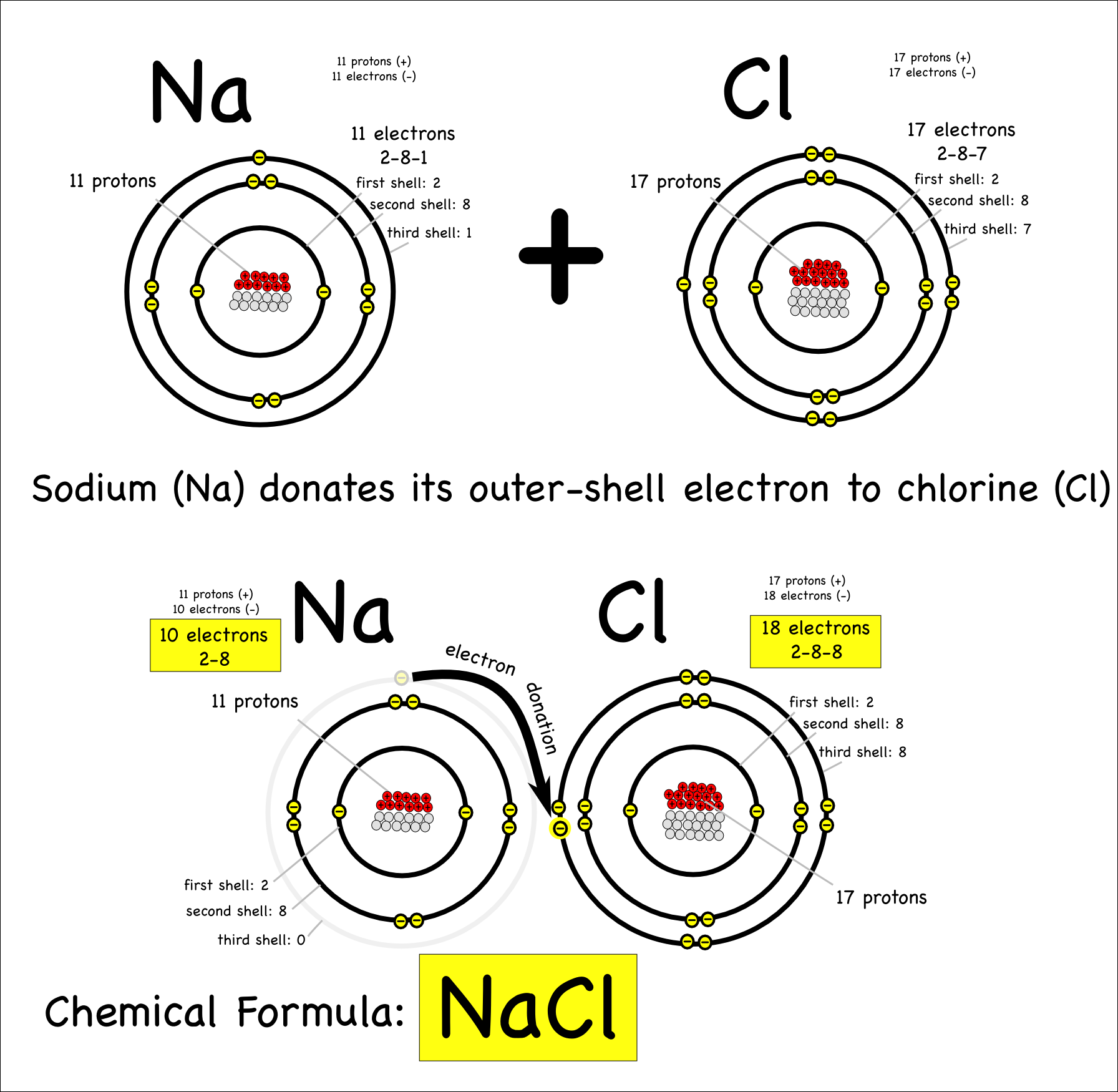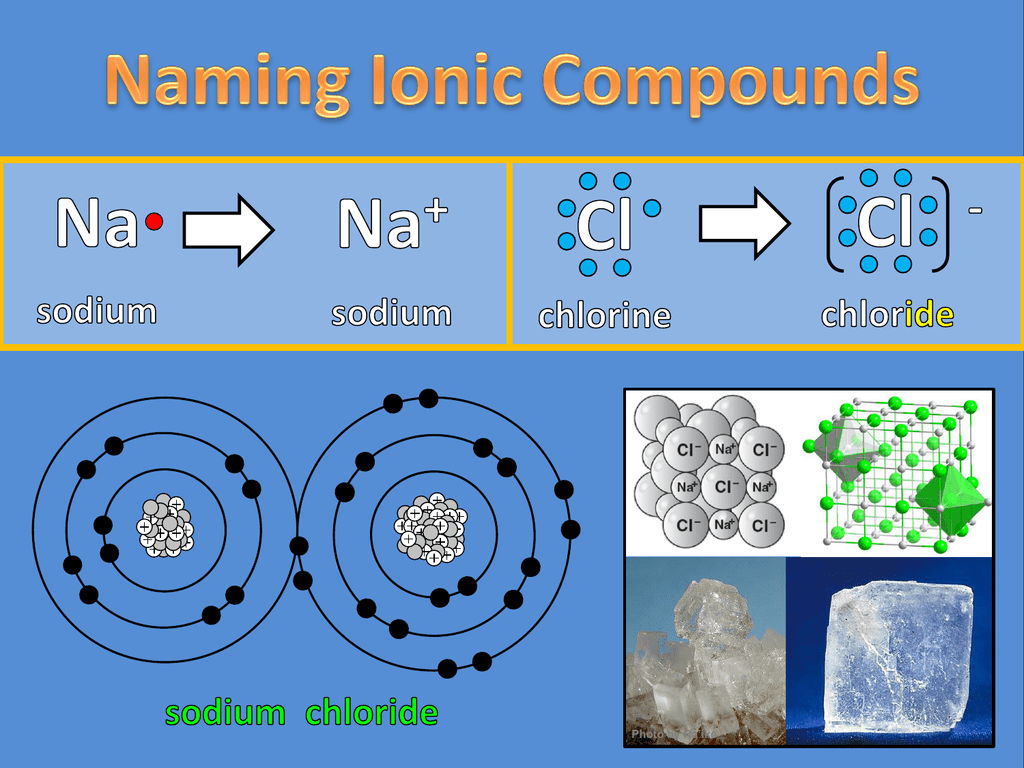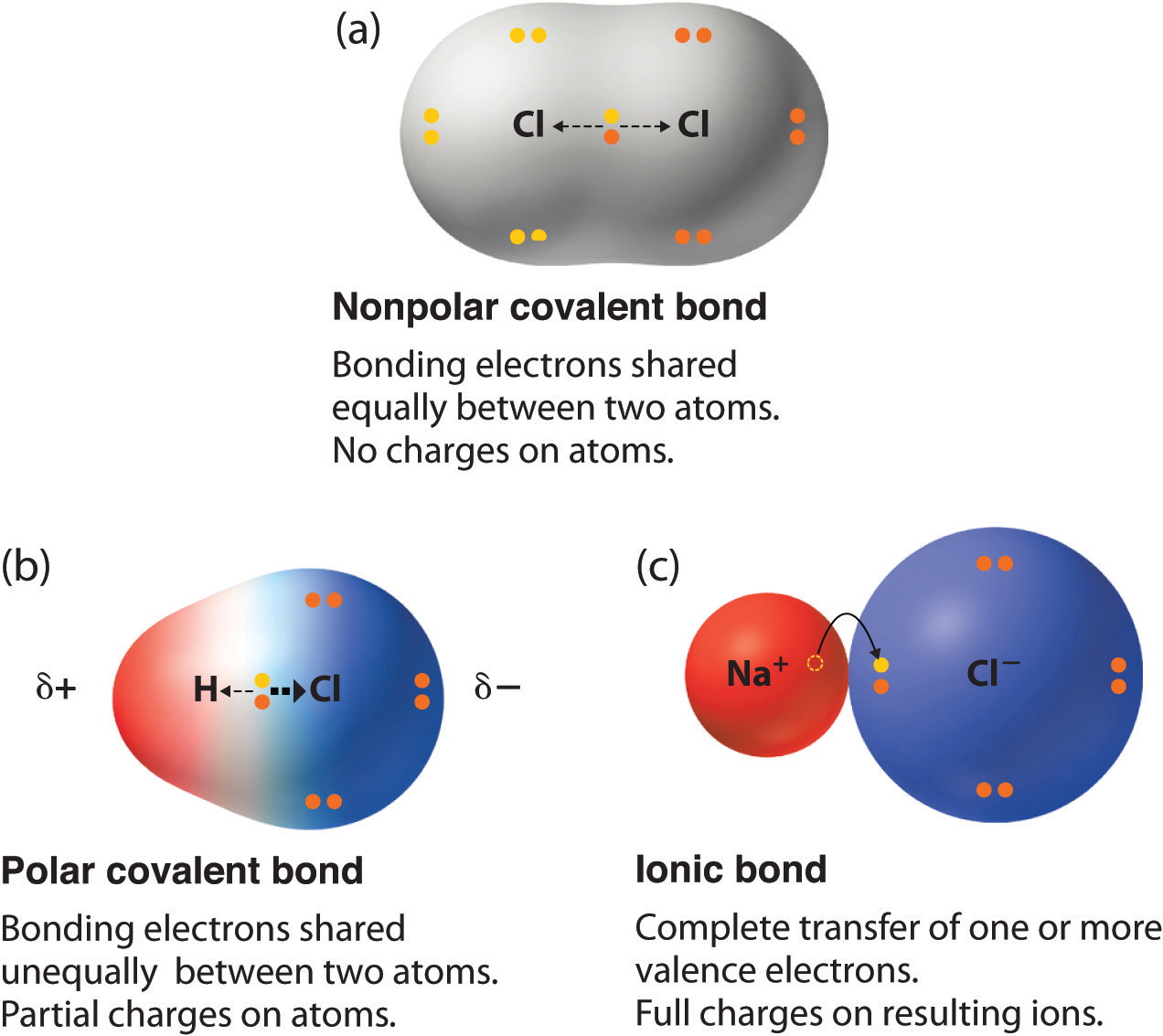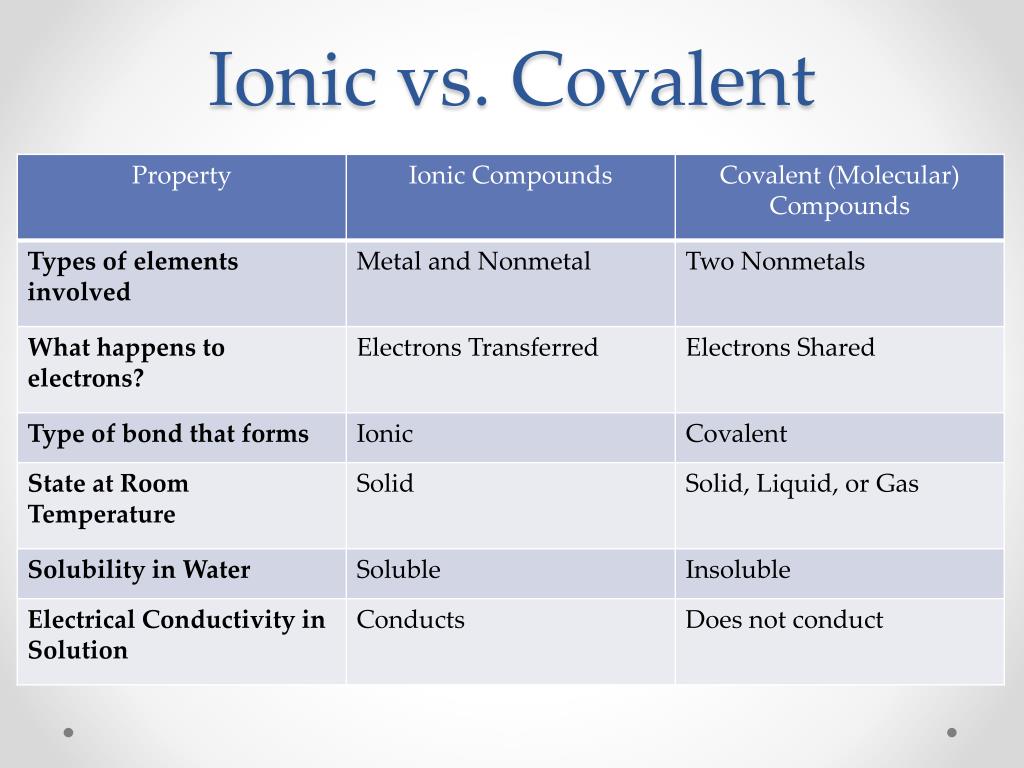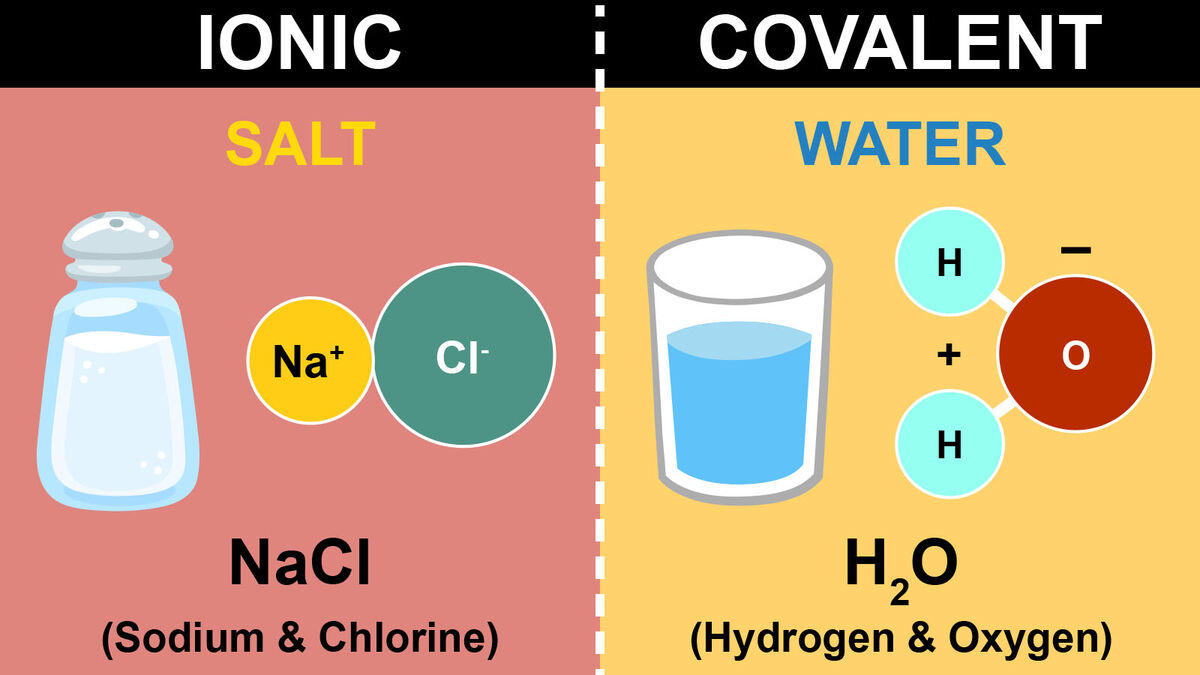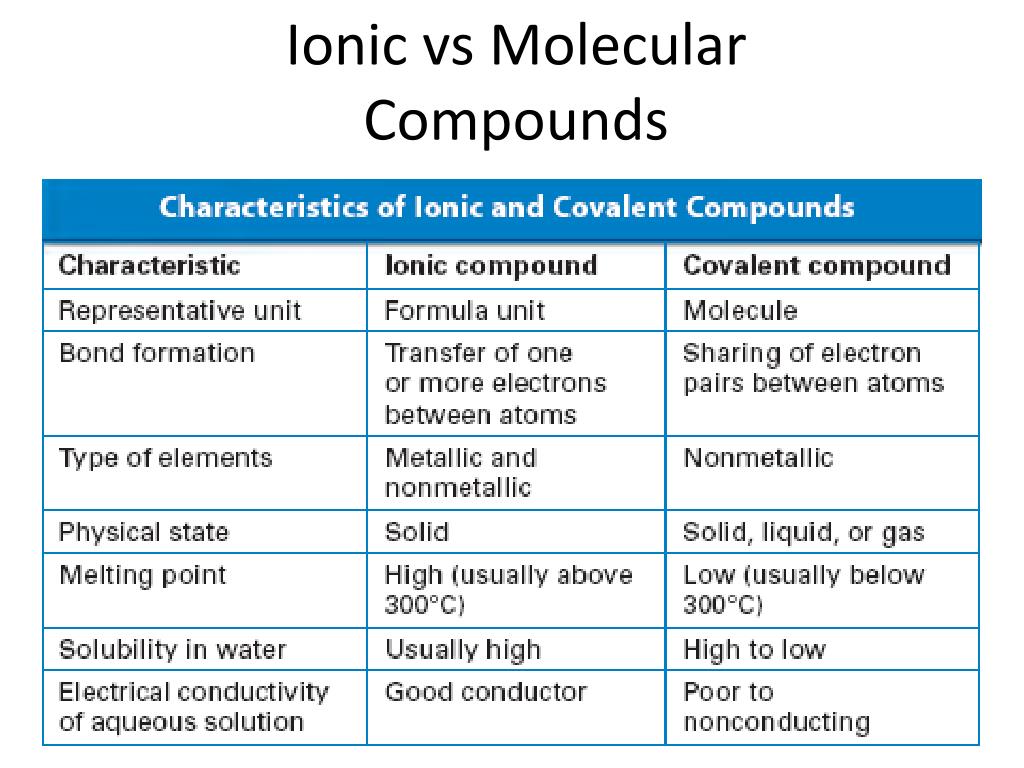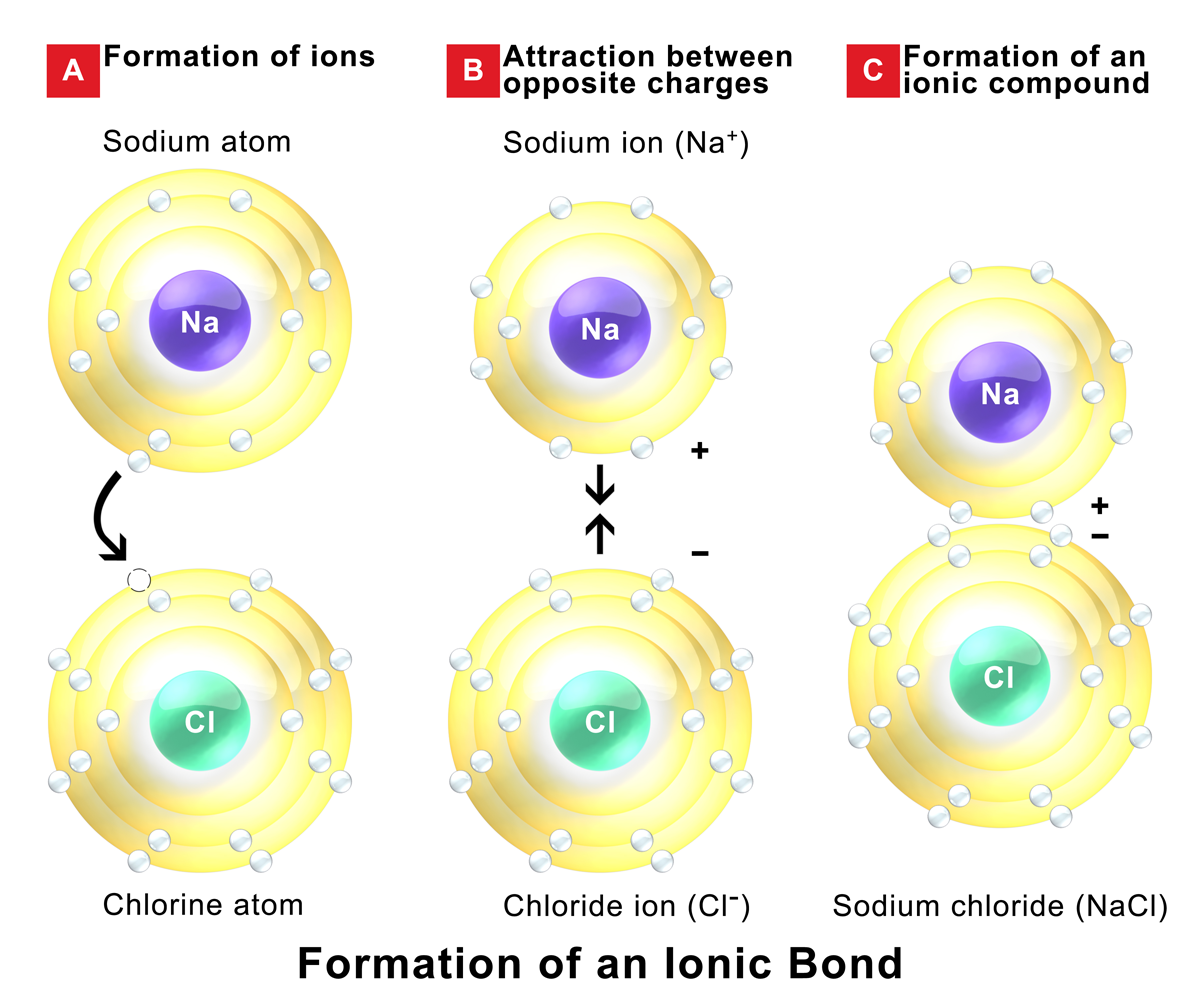Inspirating Tips About How To Tell If It Is Ionic Or Covalent

By the end of this section, you will be able to:
How to tell if it is ionic or covalent. If the difference of the electronegativity between the two elements is greater than 1.7 then the bond is ionic. First, a sample of the unknown substance can be placed in a test tube and put over a flame. Describe the energetics of covalent and ionic bond formation and breakage.
That is, does it have ionic bonds, or covalent bonds? This is done to determine the melting point. Ionic compounds generally form from metals and nonmetals.
The covalent bond is also called. Ionic compounds can be of the following types: How to determine whether a compound is ionic, covalent, or an acid.
Fundamentals of chemical bonding. In contrast, atoms with the same electronegativity share electrons in covalent bonds, because neither atom preferentially. Identify the following compounds as wither ionic or covalent:
The difference with a polar covalent. Compounds that do not contain ions, but instead consist of atoms bonded tightly together in molecules. A polar covalent bond is a.
Ki, the compound used as a source of iodine in table salt. Ionic bonds form when two oppositely charged atoms (called ions) trade their electrons (negatively charged particles) to create a secure bond between the two. A bond in which the electronegativity difference between the atoms is between 0.5 and 2.1 is called a polar covalent bond.
Covalent bonds vs ionic bonds. Ionic bonds require at least one electron donor and one electron acceptor. The simplist guide to the covalent or ionic character of a bond is to consider the types of atoms involved and their relative positions in the periodic table.
The ionic bond is the electrostatic force of attraction between two oppositely charged ions. H 2 o 2, the bleach and disinfectant hydrogen peroxide. The formation of ionic bond takes place when.
In ionic bonding, atoms transfer electrons to each other. There is a simple and easy way to identify ionic versus covalent compounds.

